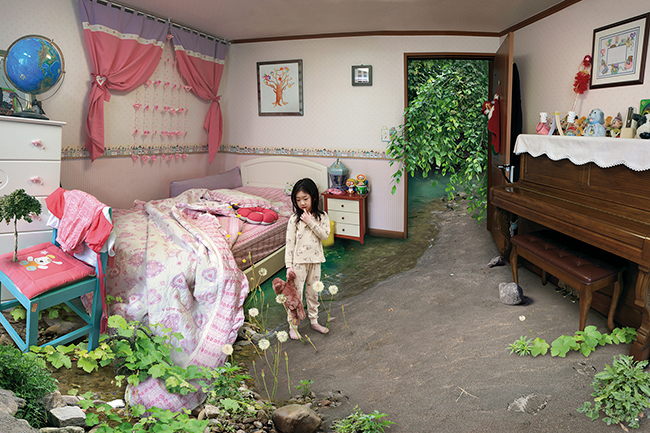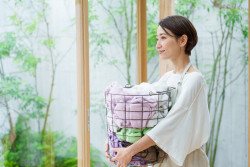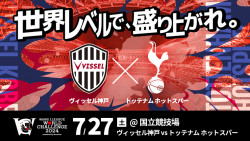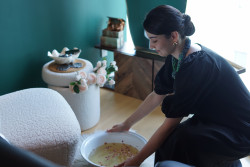
Originally published on metropolis.co.jp on June 2014

Looking at things the usual way can get a tad tedious, so one of the functions of contemporary art is to put a new spin on things, getting us to look at the world in a new light or from a different angle.
While most of us don’t actually trust contemporary artists to put on this new spin, we do trust children, so for the latest show at Roppongi’s Mori Art Museum, the curators have decided to funnel a lot of contemporary art through our soft spot for kids.
The result of this is the opposite of the old admonition to “put away childish things.” Through various artworks, installations and videos we are invited into the world of children, which is more or less our own world viewed from waist height, and with a lot more directness.
While some artworks draw you in, others leave you on the outside scratching your head. What to make of Chinese photo-artist Zhang O’s “Daddy & I” series? Zhang took portraits of young Chinese girls who had been adopted by American families, purposely leaving out the mothers. This gives the portraits of older Western men with prepubescent or teenaged Chinese girls an initially sinister aspect, especially one photo, where the girl’s fashion is a bit too glamorous for an innocent pre-teen. On closer examination these sleazy connotations quickly evaporate.
More successful at getting us inside the mind of a child is Rineke Dijkstra’s video I See a Woman Crying (2009), in which English schoolkids try to analyze Picasso’s famous painting The Weeping Woman (1937) and Takayuki Yamamoto’s video installation New Hell: What Kind of Hell Will We Go To?; Tokyo (2014).
Yamamoto has made several videos in which he gets young children to talk about their concepts of hell. These are then given shape in child-like sculptures, which the artist makes in cooperation with the kids. He then films them talking about the sculptures to explain their meanings.
This has all the charm of Kids Say the Darndest Things, but also reveals a strong sense of justice and right and wrong even at such early ages. One little girl explains “Balloon Hell,” which, like the various pits of Dante’s Inferno, is reserved for very specific malefactors: “You go here if you don’t try to catch a ball thrown to you by other children. Your head will inflate and fly away.”
The title of the show comes from the idea that kids can act as go-betweens for adults, readily moving between different states, such as reality and fantasy, or acting as a bridge between different cultures. Children, in this sense, act as little shamans, putting us back in touch with lost worlds of imagination and reminding us of how to experience the world more directly.
This is the concept, but many of the works chosen simply don’t fit it, such as Toyo Miyatake’s photographs of Japanese internee children from WWII, who are just as confined as their parents. But even when the artworks don’t fit the concept, most of them remain at least thought-provoking, amusing or cute.
Mori Art Museum, until Aug 31. See exhibition listings (Akasaka) for details.







